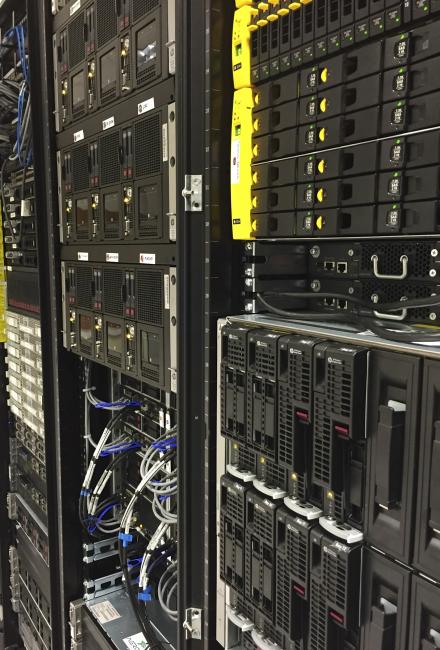Modeling the spread of the epidemic in Hungary on a genetic basis with the help of SZTAKI
Researchers at the János Szentágothai Research Center of the University of Pécs have been investigating the genetic changes of the pathogenic SARS-COV-2 virus since the beginning of the COVID-19 epidemic. With the analysis of the data and the IT support of SZTAKI, the evolution of the virus could be deciphered and it could be shown how it spread in Hungary.
The researchers of Pécs, with the help of the experts of the Research Institute of Computer Science and Automation (SZTAKI), transferred the tasks necessary for their research (complex phylogenetic algorithms with a large amount of data) to the servers of the Hungarian research cloud, MTA Cloud, in less than a day.
The tasks on the SZTAKI platform were able to be performed fifty times faster than the original plans, thanks to which the virus researchers were able to receive the partial results in a few hours instead of the previously estimated more than 1 week.
The genomic data of virus samples taken from more than 100 different locations.
The samples were processed in more than 500 million steps in order to create an accurate map of the epidemic in Hungary.
According to the results, the virus was imported to Hungary from several countries, mainly from Western Europe. The research also confirmed the need for curfew restriction: in mid-March, when the restrictions were introduced, local spreads could already be observed in several parts of the country.
Folding@Home
In March, SZTAKI, together with the Wigner Physics Research Center, offered the capacities of the Hungarian research cloud, the MTA Cloud with thousands of processors and several terabytes of memory for Hungarian virus researchers (Hungarian projects have already started, but we are waiting for more).
In parallel with domestic research, with its free capacities, the cloud joined the international Folding@home project, where several epidemic and virus-related calculations are also performed. SZTAKI machines have performed more than 8,000 so-called work units in the last few weeks. By comparison, an average personal computer needs roughly 4-5 years to perform the same number of tasks.
Pécsi Tudományegyetem Szentágothai János Kutatóközpont
